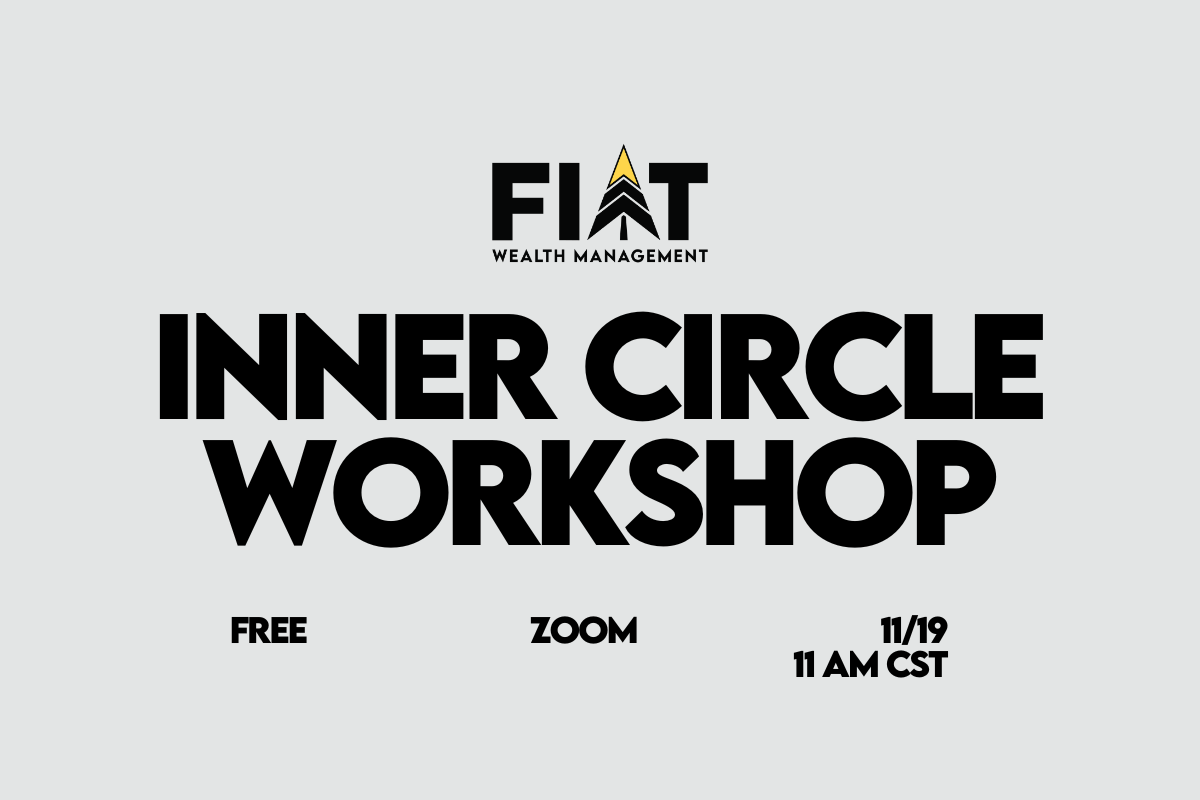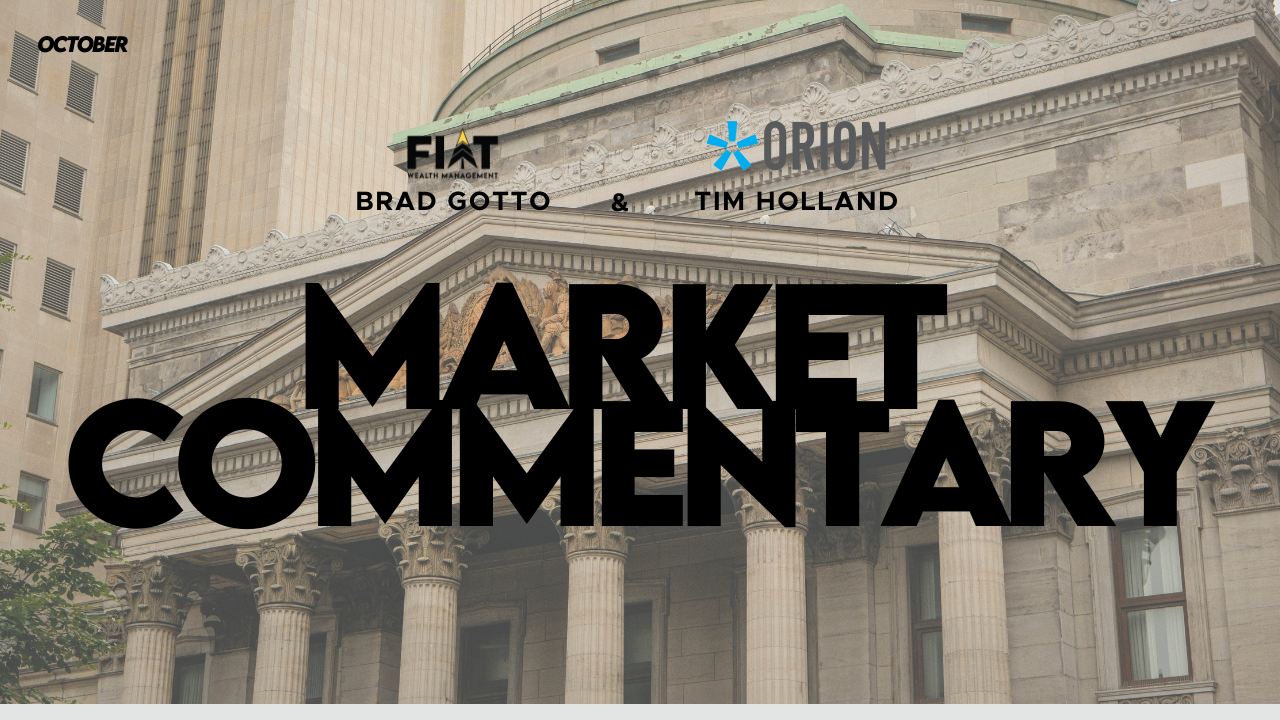As a fiduciary advisor, who specializes in retirement planning, I have the privilege of sitting down with baby boomers on a weekly basis who are considering the possibility of retirement. Like all life transitions, the transition into retirement for most people isn’t easy. When you think about it, it’s not surprising that it really is challenging for just about everyone to suddenly stop working and be “retired”. Most people spend 30-40 years of their lives working and during that process saving diligently in hope that one day they will retire. Behaviorally, making the shift from “saver” to “spender” is one of the hardest things to do. Some of the most common concerns we hear include, do I have enough money to make it last for the next 30-40 years? Will inflation be a problem? Will taxes be an issue?
Where We Start
In our process, when a family decides it’s in their best interest to work with us, we start out planning with a visit called “The Interview”. The main goal of this visit is to get to know the new family better and get an understanding of what their concerns are as they transition into retirement. At Fiat Wealth Management, it’s our belief that no one saves a pile of money simply to have a pile of money, they save it for a specific purpose. In “The Interview” we attempt to uncover what that purpose is. My one piece of advice for families going through that life transition into retirement is this - begin with the end in mind….
At retirement, it can be very overwhelming to sit back and look at the pile of money you have been saving for your entire working career. Whether that pile of money is $250,000, $750,000, $1M, $2M or $10M the reality is still the same - that is your entire life savings and you are now forced to figure out what is next. I have come to find the most effective way to help people figure out the purpose of their hard-earned money is to encourage them to begin with the end in mind.

In retirement, you really only have a few options on what you can do with the hard-earned money you have saved. You could spend every last dollar on your fun & lifestyle while effectively looking to “bounce your last check” to the undertaker. You might also be charitably inclined and have a desire to incorporate gifting into your overall spending plan. Or finally, you might be legacy-driven in wanting to leave a certain amount to future beneficiaries.
In working with retirees I would personally say that the most common answer to that question is something along the lines of “I would love to be able to do a little bit of all those things”. I would highly encourage anyone considering retiring to really sit down and consider that question - What are your intentions with that pile of money? Having the answer to that question is the first step to making a smooth transition into retirement. This will help behaviorally, and it will also help a properly trained fiduciary advisor start to tailor a personalized spending plan for you.
Let’s go one step further and assume that you, the reader of this who is contemplating retirement, have come to the realization that you would like to do a little bit of all three of the options (spend some, give some away and position some for legacy).

Congratulations, that’s a big step in making the transition.
Armed with that information, we would then start to build an appropriate retirement plan. The truth is, the answer to that question is crucial in building a retirement plan. It serves as the cornerstone of the blueprints we would put together. The dollars that are allocated to be spent in retirement vs dollars that are earmarked for charity and giving vs dollars that are positioned for a legacy will all be positioned differently not only from an investment perspective but from a tax perspective. For example, any monies that are earmarked for charity could stay in “pre-tax” status so we could utilize Qualified Charitable Distributions which would not only mitigate RMDs but would also give tax benefits. With the monies that we have positioned for legacy, we might want to consider doing Roth conversions to ensure that beneficiaries inheriting the accounts three to four decades from today aren’t also inheriting a tax time bomb.

And finally, for the money we are looking to spend, we would want to position those dollars for spending it “now”, “soon” and “later buckets” to defend against market volatility and sequence of returns risk. The monies in the “now bucket” would be monies we are looking to spend in the next 1-2 years. Those dollars would likely be placed in cash and cash alternatives. The “soon bucket’ would be monies we are looking to spend in the next 3-9 years. We can afford to take the buffered risk with these dollars since we have a little more time. And finally, the “later bucket” would be monies we won’t be spending for 10 years or more. With these dollars, we can afford to take the market risk and aim for long-term growth to account for inflation.
For retirees looking to make a smooth transition, it’s critical to have a plan in place. Starting with the end in mind and rethinking your pile of money is a great place to start.
Investment advisory services are offered through Foundations Investment Advisors, LLC, an SEC-registered investment adviser.
.jpg)












.png)